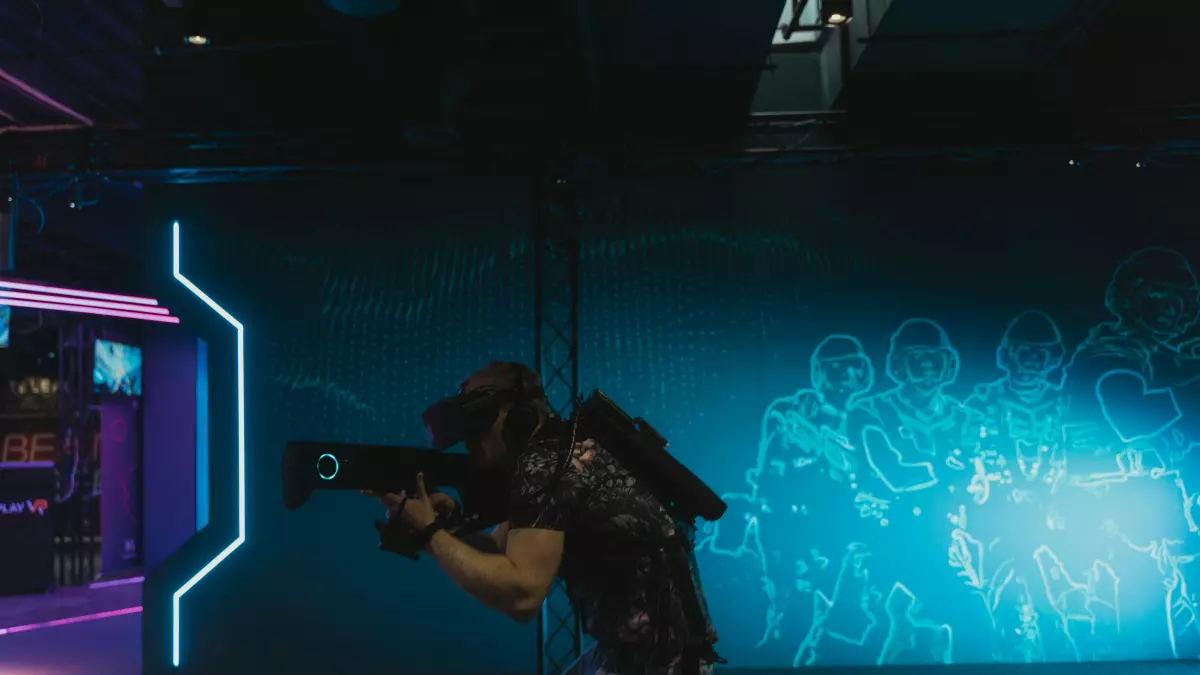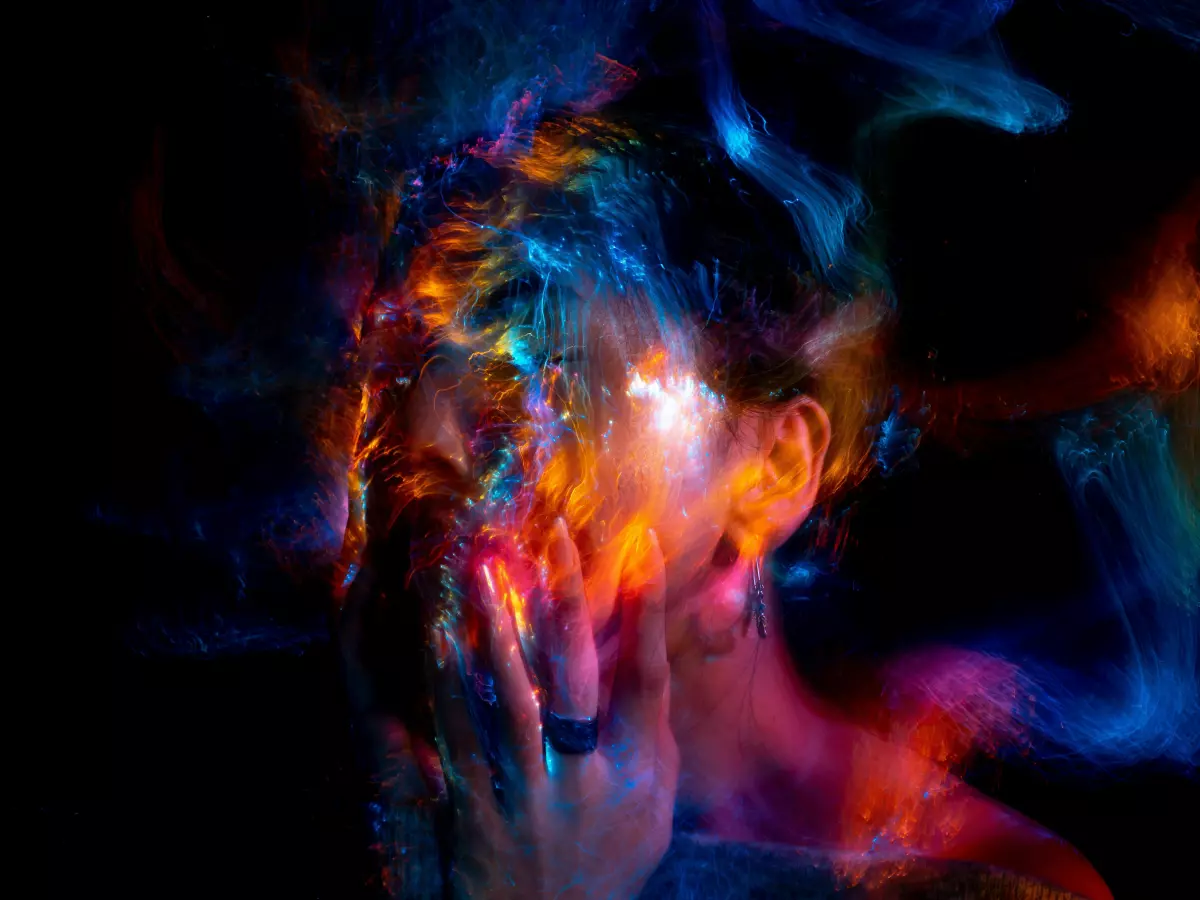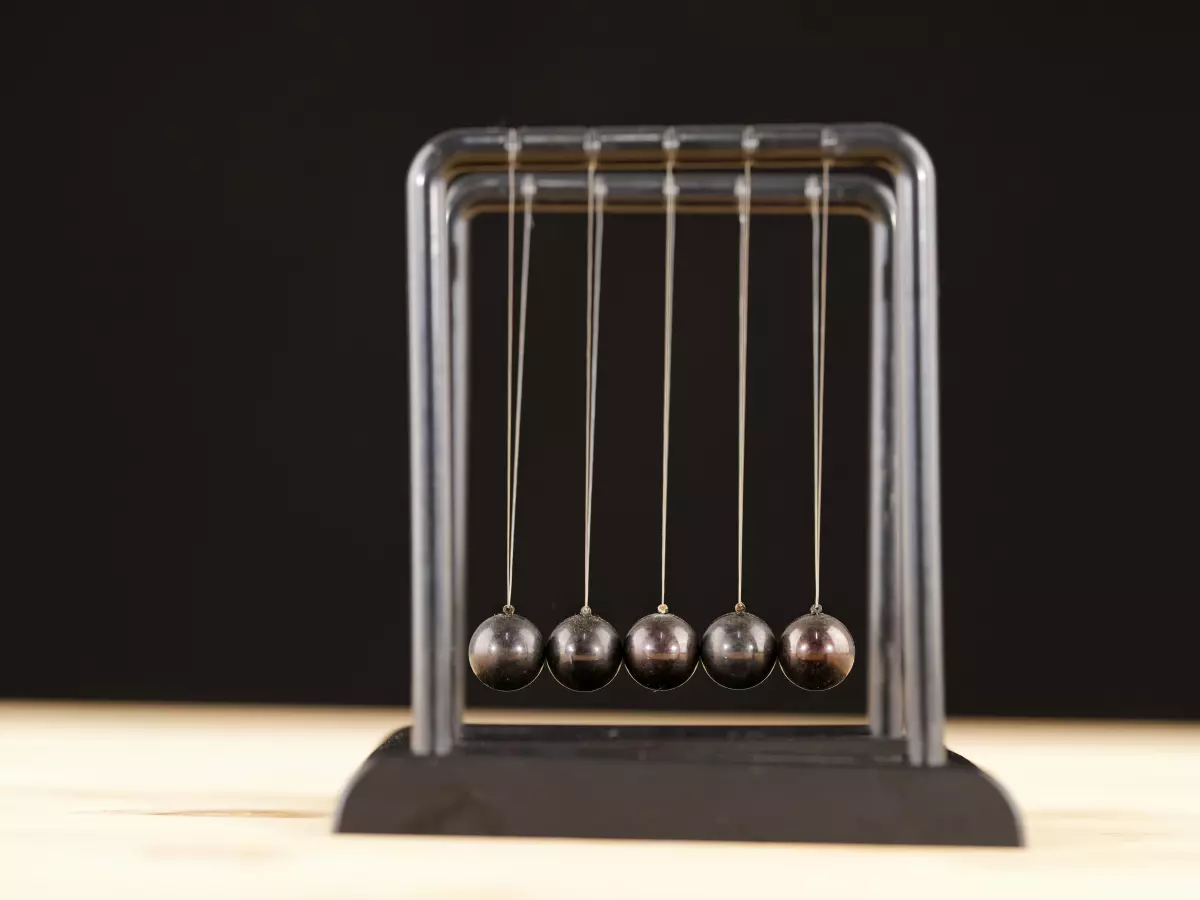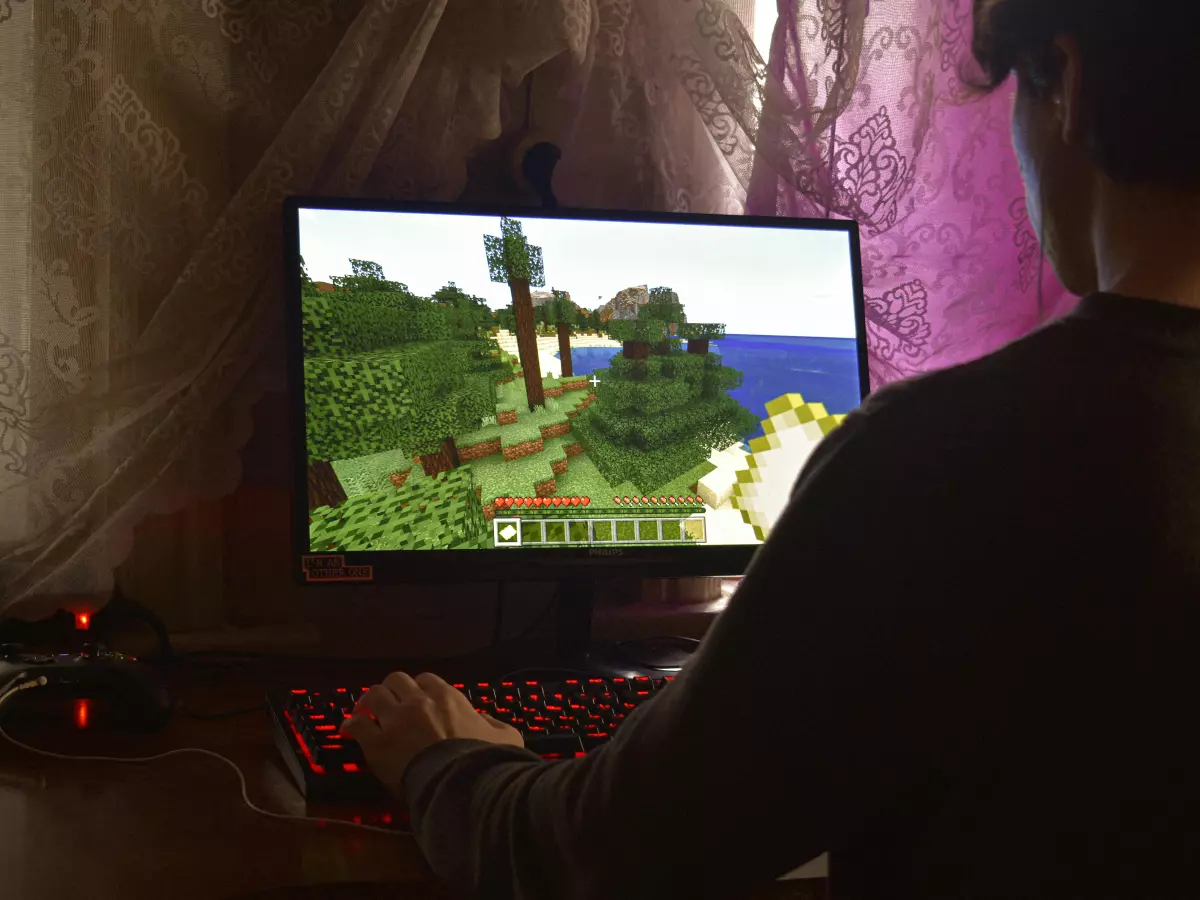Engines vs. GPUs
Game engines and GPUs are locked in a never-ending battle for graphics supremacy.

By Tomás Oliveira
Here’s a fun fact: The first GPUs were designed to handle 2D graphics. Yep, back in the day, your favorite games were basically glorified pixel pushers. But fast forward to today, and GPUs are now the powerhouses behind some of the most jaw-dropping 3D graphics you’ve ever seen. But here’s the kicker—while GPUs are flexing their muscles, game engines are the ones pulling the strings behind the scenes.
So, what’s the deal? Who’s really responsible for those stunning visuals in your favorite games? Is it the game engine or the GPU? Let’s break it down.
The Game Engine: The Mastermind
Think of the game engine as the director of a movie. It’s calling the shots, deciding what gets rendered, when, and how. Game engines like Unreal, Unity, and Frostbite are responsible for handling everything from physics to AI, but when it comes to graphics, they’re the ones telling the GPU what to do. The engine sets up the scene, calculates lighting, shadows, and textures, and then hands it all over to the GPU for rendering.
But here’s the catch: Game engines are only as good as the hardware they’re working with. They can optimize and streamline the process, but if the GPU isn’t up to the task, you’re going to see some serious frame drops. So, while the game engine is the brains behind the operation, it’s still relying on the GPU to do the heavy lifting.
The GPU: The Muscle
If the game engine is the director, the GPU is the actor. It’s the one in the spotlight, doing the actual work of rendering the graphics. Modern GPUs are packed with thousands of cores, all working in parallel to pump out millions of pixels per second. They’re designed to handle complex tasks like shading, anti-aliasing, and ray tracing, all while keeping your frame rate buttery smooth.
But here’s where things get interesting: GPUs don’t just blindly follow orders. They’re equipped with their own set of instructions and algorithms that allow them to optimize the rendering process. This means that even if a game engine isn’t perfectly optimized, a powerful GPU can still make up for it by brute-forcing its way through the workload.
Who’s Really in Charge?
So, who’s the real MVP here? The truth is, it’s a bit of both. The game engine sets the stage, but the GPU brings it to life. Without a good engine, the GPU would be left twiddling its thumbs, and without a powerful GPU, the engine’s best efforts would go to waste.
It’s a delicate balance between software and hardware. Game engines are constantly evolving to take advantage of new GPU technologies, while GPUs are being designed with game engines in mind. It’s a symbiotic relationship, and when both are working in harmony, that’s when you get those jaw-dropping, photorealistic graphics that make you question whether you’re playing a game or watching a movie.
The Future of Graphics
As we move into the future, the line between game engines and GPUs is going to blur even further. With the rise of real-time ray tracing, AI-driven upscaling, and cloud-based rendering, both game engines and GPUs are going to have to step up their game. We’re already seeing game engines like Unreal Engine 5 pushing the boundaries of what’s possible with features like Nanite and Lumen, while GPUs from NVIDIA and AMD are packing more power than ever before.
In the end, it’s not about choosing sides. Whether you’re team game engine or team GPU, one thing’s for sure: the future of gaming graphics is looking brighter than ever.





